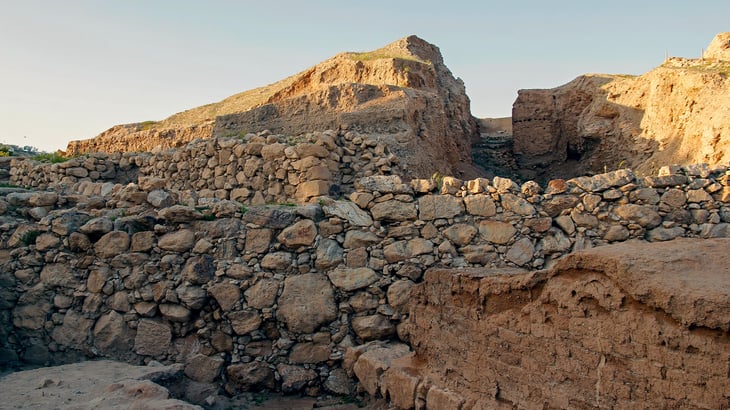Redemption and Symbolism in Ruth
This blog post is adapted from Lutheran Bible Companion, Volume 1: Introduction and Old Testament.
One of the first matters to require attention is the real import of Ruth’s oft-quoted speech in 1:16–17, expressing her resolve to accompany Naomi. One should take care neither to read into Ruth’s words more than is actually said nor fail to hear them in total context.
Works-Righteousness: Luther’s Response to His Opponents
This blog post is adapted from Luther’s Works, Volume 61: Theological and Polemical Works.
These notations made by Martin Luther regarding the Bible passages used by his opponents to support works-righteousness were gathered by Veit Dietrich during Dietrich and Luther’s stay at the Coburg as the Diet of Augsburg progressed. Although he never completed the book, these fragments offer insight into Luther’s thinking during a critical point in the history of the Reformation.
Preaching on Texts That Are Light with Gospel
One of the challenges that pastors face as they prepare sermons is what to do with texts that are heavy on Law and light on Gospel. As I look at the four assigned lectionary texts for each preaching occasion, I am often drawn toward preaching texts where the Gospel predominates quite clearly in the text. Perhaps other pastors can relate. If the text has overt, obvious Gospel, it becomes much easier to move from the Gospel in the text to the Gospel for the congregation. But how do we handle texts that are light on Gospel? Texts that do not blatantly point us to the Good News of Jesus? Below are two ideas.
The Order of Creation and the Pastoral Office
This blog post is adapted from Male & Female: Embracing Your Role in God’s Design.
The order of creation and the unique relationship between head and helper in marriage intersects significantly with the theology of the pastoral office. If the pastoral office is a gift given by Christ to His Bride, the Church, how do we know from Scripture that it should be filled only by men and not by women as well? This goes back to Genesis and the institution of marriage, and it also draws on Ephesians 5 and the way in which marriage is a picture of Christ and the Church.
Digging Deeper into Scripture: Genesis 9
Relief had finally come. God created Adam and Eve perfectly. But their wicked transgressions brought sin into the world, taking the Lord’s unblemished creation into destruction. Adam and Eve were expelled from the Garden of Eden, forced to work a stubborn earth, and forced to give birth in pain. Their son Cain killed his brother, Abel, confirming the wickedness of man’s heart.
Seeing this egregious depravity in humanity, God chose to flood the earth, destroying everything. Yet He kept Noah in the faith, making him blameless among his generation. God instructed this servant to build an ark so a pair of every living creature, male and female, could reside during the deluge.
Worshiping Idols in the Book of Judges
This blog post is an excerpt from the Lutheran Bible Companion, Volume 1: Introduction and Old Testament.
By breaking the seemingly innocuous command to “make no covenant with the inhabitants of this land” (Jgs 2:2; cf Ex 23:32), Israel began its downfall. Israel was to be His arm of justice against Canaanite peoples whose measure of wickedness was full and overflowing.
Free from Sin through Christ
In recent years, we have seen rapid shifts in our culture. These can leave us wondering about our condition as we stand before God. Gene Edward Veith Jr. discusses this question in his book The Spirituality of the Cross, third edition. Read an excerpt below.
Haggai: A Return from Exile and Reverse Culture Shock
One of the most overlooked books in the Bible is that of the prophet Haggai. Still, this brief book holds a relatable experience to our current context this summer in the United States—a return from exile.
Digging Deeper into Scripture: Mark 4
In Mark 4, Jesus and the disciples are on a boat in the Sea of Galilee when a violent storm arises. Crippled with fear, the disciples wake their sleeping Savior. Jesus takes this opportunity to teach His followers, show His power, and apply mercy.
Renewal of the Covenant in Joshua
After God had graciously formed Jacob’s descendants into His covenant people and named them as His own, He provided them a choice for the future: “If you will … then I will … ” Joshua presented this if/then choice to the people at Shechem in the renewal of the covenant. They could continue on the path God established for them, or they could follow the road to destruction by rejecting the covenant.























